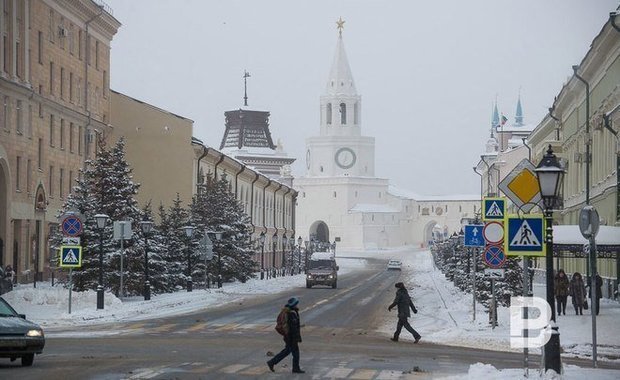Why did Moody’s believe in Russian regions?
11 regions of Russia got hope to have their ‘‘junk’’ ratings revised
Moody's international agency upgraded credit rating to positive of 11 regions of Russia at once, which means a possible upgrade of the very ratings in the future. Meanwhile, the ratings of all these regions and Russia itself are estimated as ''junk''. At the same time, Russian expert agencies often give Russian regions a higher value. Realnoe Vremya studied the reason.
Russia +11
A new outlook on the sovereign rating of Russia preceded rating actions of several regions of the Russian Federation: on 25 January, Moody's changed it from stable to positive, which means a possible upgrade of the very rating in the future. Now Russia has a speculative rating by Moody's – Ba1. According to Reuters, it can change by late 2018 already.
On Tuesday, Moody's told about rating actions of a total of 16 regions of the Russian Federation. The agency conserved previous ratings of the majority. But it upgraded outlooks from stable to positive as well as the country's sovereign rating. Moscow and Saint Petersburg (Ba1), Krasnodar, Krasnoyarsk Krais and Nizhny Novgorod (B1), Tatarstan, Bashkortostan, Moscow Oblast and Khanty-Mansi Autonomous Okrug – Yugra (Ba2), Samara Oblast and Chuvashia (Ba3) are among such regions.
The outlook was upgraded from negative to stable to another four issuers (Omsk Oblast, the Republic of Komi and Krasnodar), the ratings remained the same. Only the status-quo of Volgograd completely conserved: its rating remained at current B2 and outlook on the rating is stable.

Ups and downs
The agency explained better outlooks on the majority of the regions the following way: an increased ability of the [federal] government to provide constant systemic support makes a positive impact on their creditworthiness. But according to messages of the regional media, every region had a separate note. For instance, in case of Bashkiria, the analysts noted a high budget balance, good liquidity indicators, low debt burden and balanced budget policy. In Moody's opinion, Krasnodar Krai has a developed economy, which positively affects incomes of the regional budget.
All regions whose outlooks changed have developed differently in recent time. In some of them, the economic situation improved, others, on the contrary, fell in several indicators. For instance, there was a decline in industrial production in Khanty-Mansi AO and Komi last year (by 1-2% in January-November by RANEPA and the Gaidar Institute). Moscow Oblast, on the contrary, demonstrated high production dynamics.
In addition, Khanty-Mansi AO lost about 7% of incomes from the consolidated budget due to a fall in income tax after 10 months in 2017. Meanwhile, Moscow's income increased by 15%, or 240 billion rubles, while rating actions in these regions were identical.

Ours evaluate higher
Many of the regions mentioned by Moody's have ratings of other agencies, including accredited Russian ACRA and Expert RA. Their creditworthiness values often don't coincide with the calculations that were given to regions of the ''big three''.
For instance, last autumn, ACRA gave Tatarstan and Krasnodar Krai AA+ and A (speculative ratings by Moody's). In December, Expert RA confirmed the rating of Bashkortostan at ruAA+, which reflects high creditworthiness. Chuvashia's rating in the same month was confirmed at ruA- (moderately high creditworthiness). Why are the evaluations different? The case is that the mechanism of assigning ratings by Russian and foreign agencies differs a bit:
The international scale has such a peculiarity as country's ceiling. It means a region or a company, in fact, can't get a higher rating than their country. Even if they have a rating of better quality in real life, their rating is suppressed by the country's sovereign rating. Russian agencies aren't limited to the country's ceiling. This is why their evaluations can be higher. So for Moody's, changed outlooks in the regions was mainly an automated action that became possible after changing the country's forecast. It should be noted that after improving the sovereign outlook, Moody's upgraded outlooks to several Russian banks to positive (for instance, Sberbank and VTB).